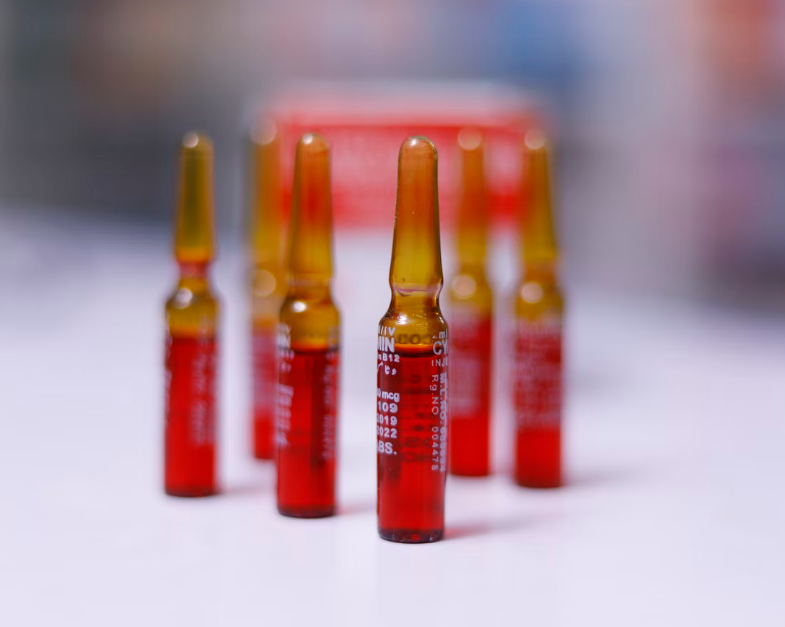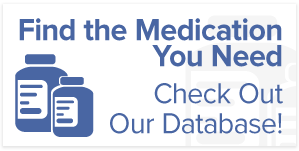Uses and Side-Effects of Antihemophilic Factor (Intravenous)
Factor VIII is a protein is naturally found in our blood and helps it clot. This protein is also known as the anti-hemophilic factor (AHF).
If there’s a lack of factor VIII in the body, it can result in hemophilia A, a recessive coagulation disorder. Doctors prescribe administration of antihemophilic factor VIII to treat bleeding in hemophilia A patients.
If you’re facing difficulties affording the prescribed anti-hemophilic factor, access our prescription assistance programs today.
Here is everything you need to know about antihemophilic factor as a medication.
What is Antihemophilic Factor?
Antihemophilic factor is a man-made version of factor VIII. It’s a blood-clotting protein that’s encoded in the F8 gene and is produced in the liver endothelial cells and sinusoidal cells. Antihemophilic factor helps replace the missing factor VIII in patients’ bodies for a short period of time. This helps initiate clotting in the blood, preventing excessive bleeding.
Uses of Antihemophilic Factor
We’ve already discussed that antihemophilic factor, or factor VIII, helps prevent or control bleedingin hemophilia A patients. The medicine is also used during surgery to prevent bleeding in patients.
People who lack factor VIII in their blood are at risk for internal bleeding (especially in the joints and muscles). These patients are also at high risk for bleeding longer after an injury or a surgery.
How is Antihemophilic Factor Administered?
Antihemophilic factor is administered into the veins via an injection, making it an intravenous procedure. Your medical provider will direct how the medication should be injected in a hospital or clinic setting. If the medical professional gives this medicine to use at home, you’ll be given the proper administration instructions. It’s vital that you follow these techniques completely to ensure proper administration of the drug.
Depending on your dose and how your body responds to it, you’ll have to be administered an antihemophilic factor more slowly over the course of a longer period. Other than that, the dose also depends on your medical condition, weight, and even test results.
Warning Before Using Antihemophilic Factor
It’s crucial that you don’t use antihemophilic factor if you’ve ever experienced a severe allergic reaction to the medicine before. Your body may also develop antibodies against the antihemophilic factor, rendering it less effective. If you think the medicine isn’t helping control your bleeding, call your medical provider.
Side Effects of Antihemophilic Factor
Here are some of the side effects that don’t usually require medical attention when using the antihemophilic factor.
- Headache
- Blurred vision
- Nausea
- Vomiting
- Flushing
- Diarrhea
- Nosebleed
In comparison, here are some side effects that you should report to your doctor immediately.
- Changes in the facial skin color
- Chills or fever
- Skin rash, itching, or hives
- Swelling in the face, lips, or tongue
- Irregular or fast-paced breathing
- Dizziness
- Stomach pain
- Chest pain

Do you need prescription drug assistance for medicines? Then contact us at Advocate My Meds today! We are a full-service prescription assistance organization that offers prescription assistance programs for uninsured or underinsured people such as Johnson and johnson patient assistance. You can access our programs for numerous medical conditions if you fill the criteria for enrollment.
Get in touch and learn more about our programs.







